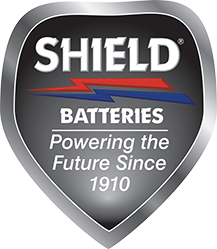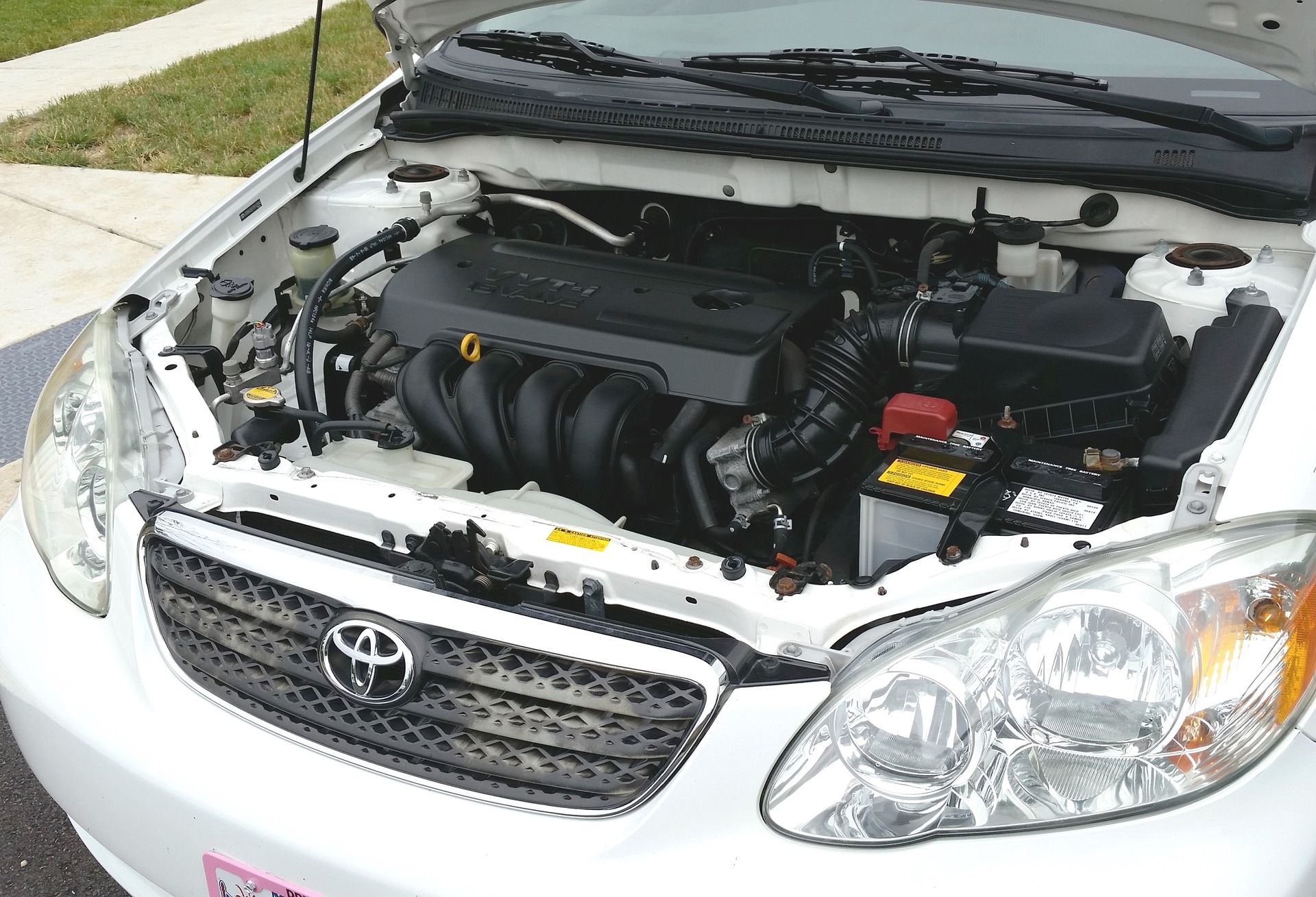A period of short, infrequent journeys or a length of time when a vehicle is not being used can cause its battery to fail rapidly.
A battery is an Electrochemical device which naturally loses charge over time. This happens faster in higher spring and summer temperatures
Batteries naturally lose charge even if they are not connected to a vehicle. The rate at which they discharge gets faster during higher temperatures because the chemical reaction inside the battery speeds up. The higher the temperature and dependent on battery construction technology, the faster the discharge – at 10°C the discharge rate is approximately 0.1 Volts per month, this rises to 0.4 Volts per month at 30°C.
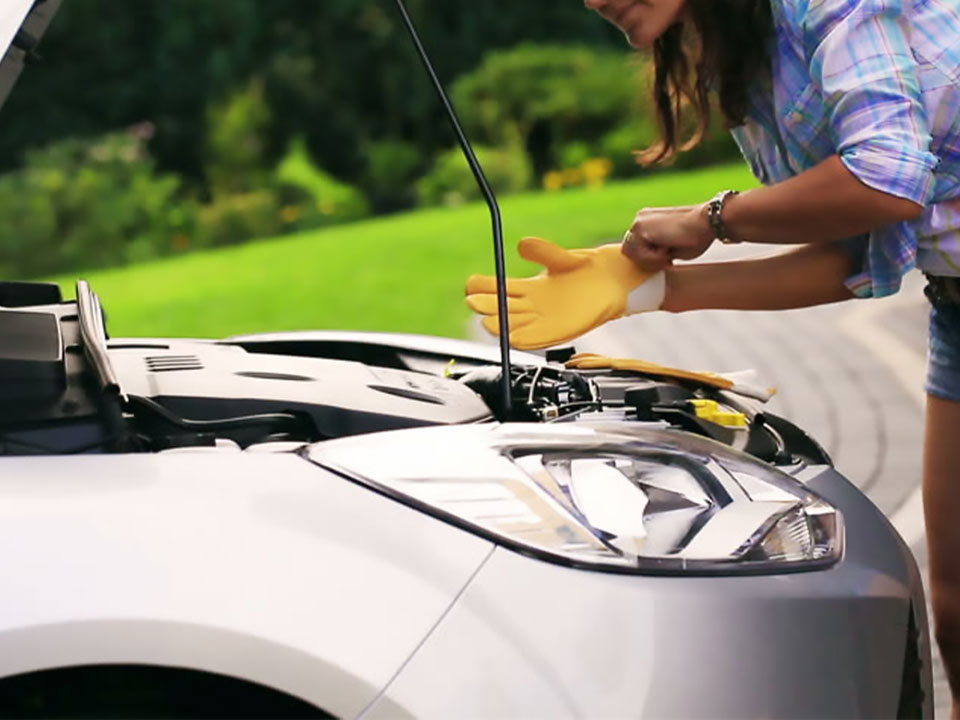
Alarms and electrical systems will drain the battery, even when the vehicle is turned off
When a battery is connected to a vehicle, additional electrical loads from systems such as alarms, immobilisers, ECU memories and other components are placed on it. The more electrical equipment on the vehicle, the higher the current draw on the battery and therefore the faster the discharge.!
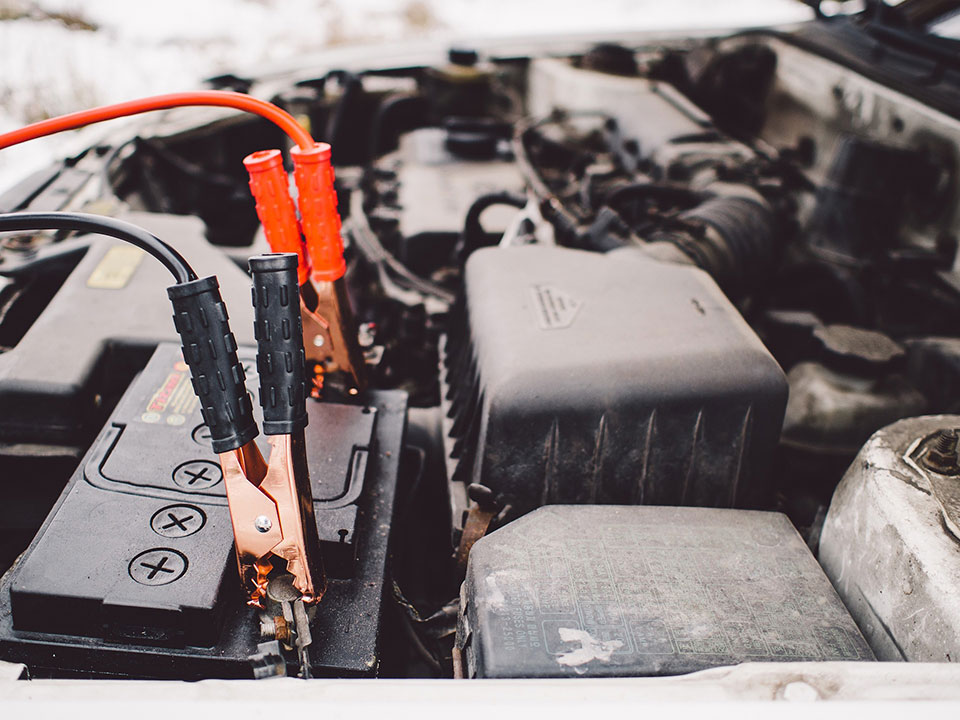
Shorter, infrequent journeys will use more charge than the alternator is able to replace
When starting the engine, around 5% of the battery’s power is used up. Typically, regular drives of over 30 minutes are needed to recharge this. Short journeys will take out more charge than is replaced by the alternator, discharging the battery more and more and ultimately causing it to fail. When a vehicle battery’s charge level drops below 80% and it is not recharged back above this, permanent damage will begin to occur.
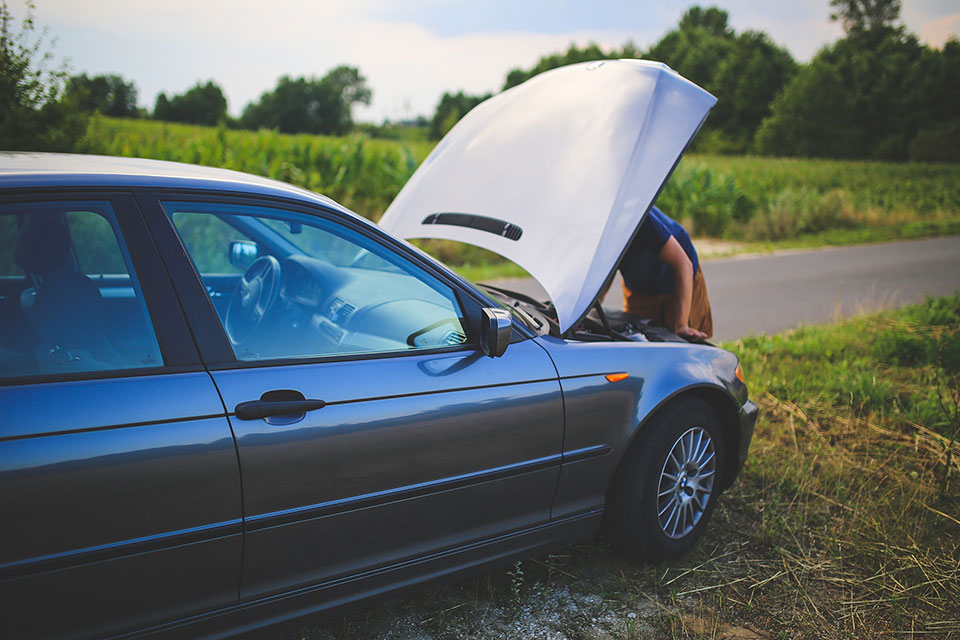
Over time it will drain more deeply causing failure due to internal battery damage
Over time the above factors drain the battery further and further until permanent internal damage begins to occur and the battery fails. This internal damage can include: Sulphation – When left below 12.40 Volts, lead sulphate crystals begin to grow and harden inside the battery stopping the chemical reaction that produces the electrical energy. Acid stratification – A vehicle battery contains an electrolyte solution made up of acid and water. In order to work correctly this should be evenly mixed when a battery is in normal use. Reduced vehicle usage can cause a condition called acid stratification. This is where the battery’s acid becomes much stronger towards the bottom of the battery. The result of this can be that, when tested it will show a high voltage but will not be able to supply enough current to start the engine.

Is this failure covered under warranty?
This type of failure is service related and not due to a manufacturing defect. It is not covered by the battery’s warranty.
How to prevent this type of battery failure
The damage caused by infrequent, short journeys or not using a vehicle for length of time can be prevented by ensuring that the vehicle regularly used for journeys of over half an hour. If this is not possible the battery should be charged as often as possible to keep the charge topped up. Shield Batteries recommend using a smart charger that features a pulse mode and can be connected permanently to the battery whilst it is fitted to the vehicle.
At Shield Batteries, our friendly Battery Experts are here to help!

Not only do we supply Batteries, but we also stock Battery Chargers to keep you Fully Charged & your battery healthy during this period of uncertainty.
We can also supply Jump Packs & Jump Leads too & a huge selection of batteries to suit every vehicle or application. You can find us at the following locations….
Shield Batteries …….Powering the future since 1910
Find us at......








